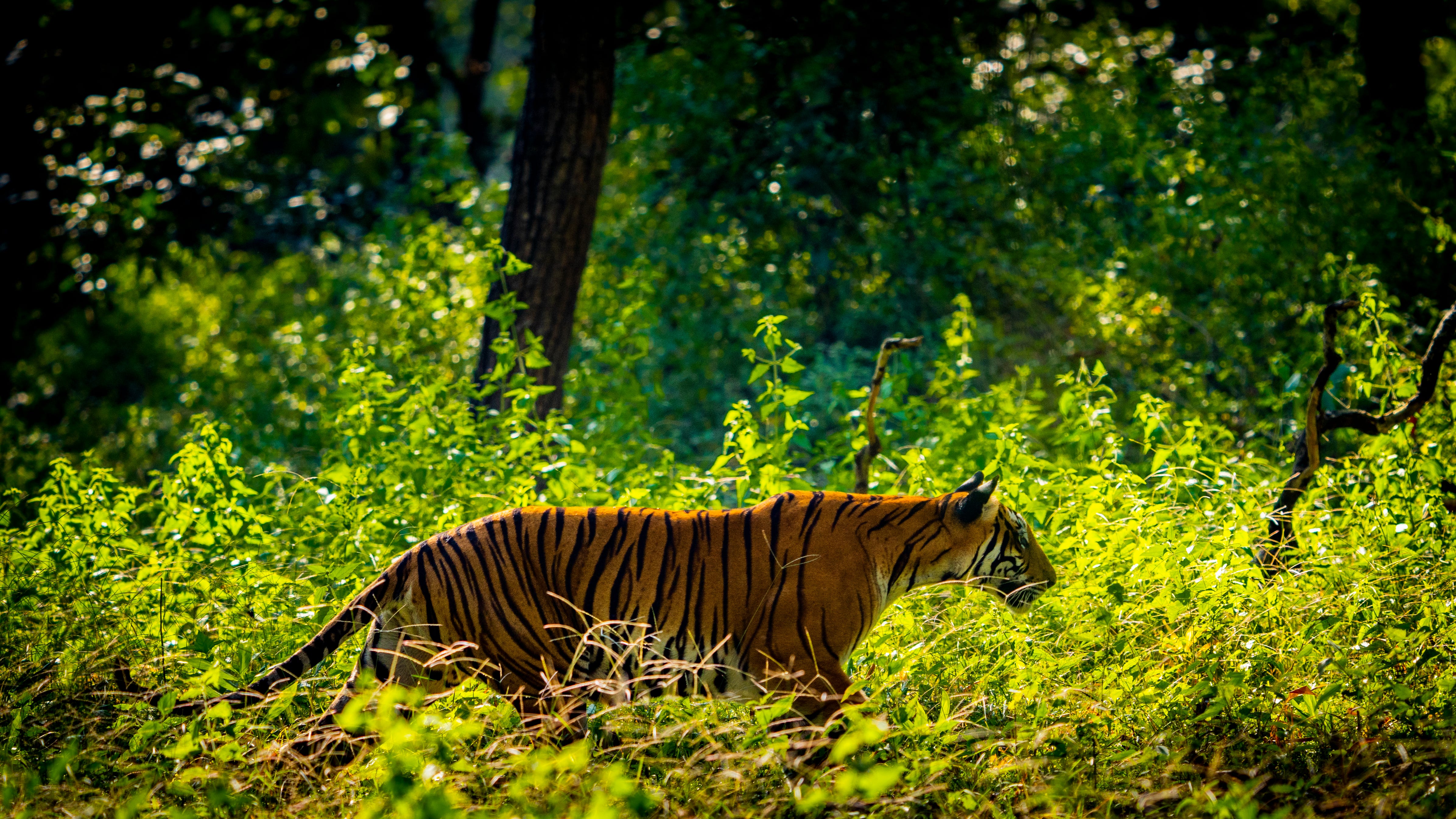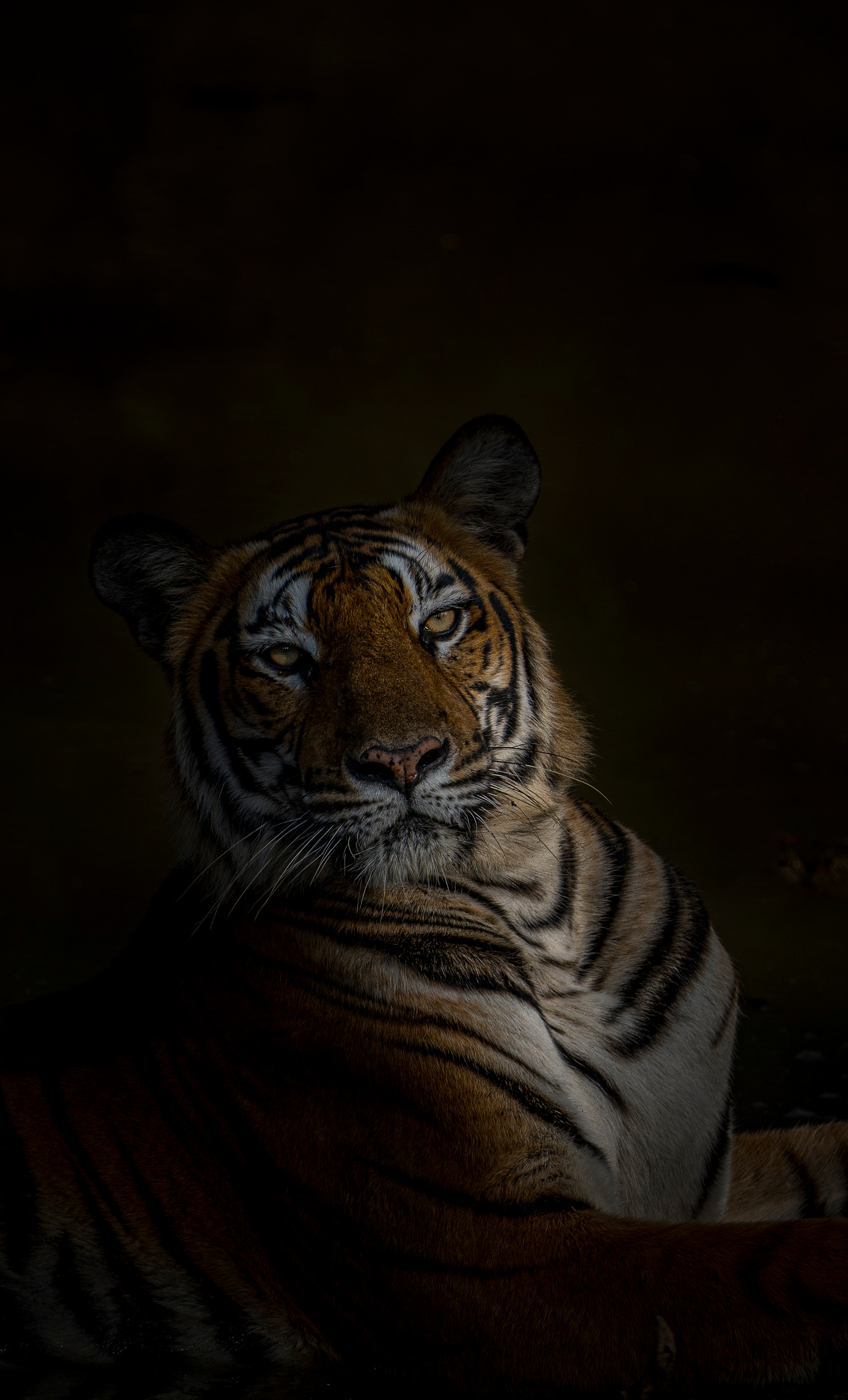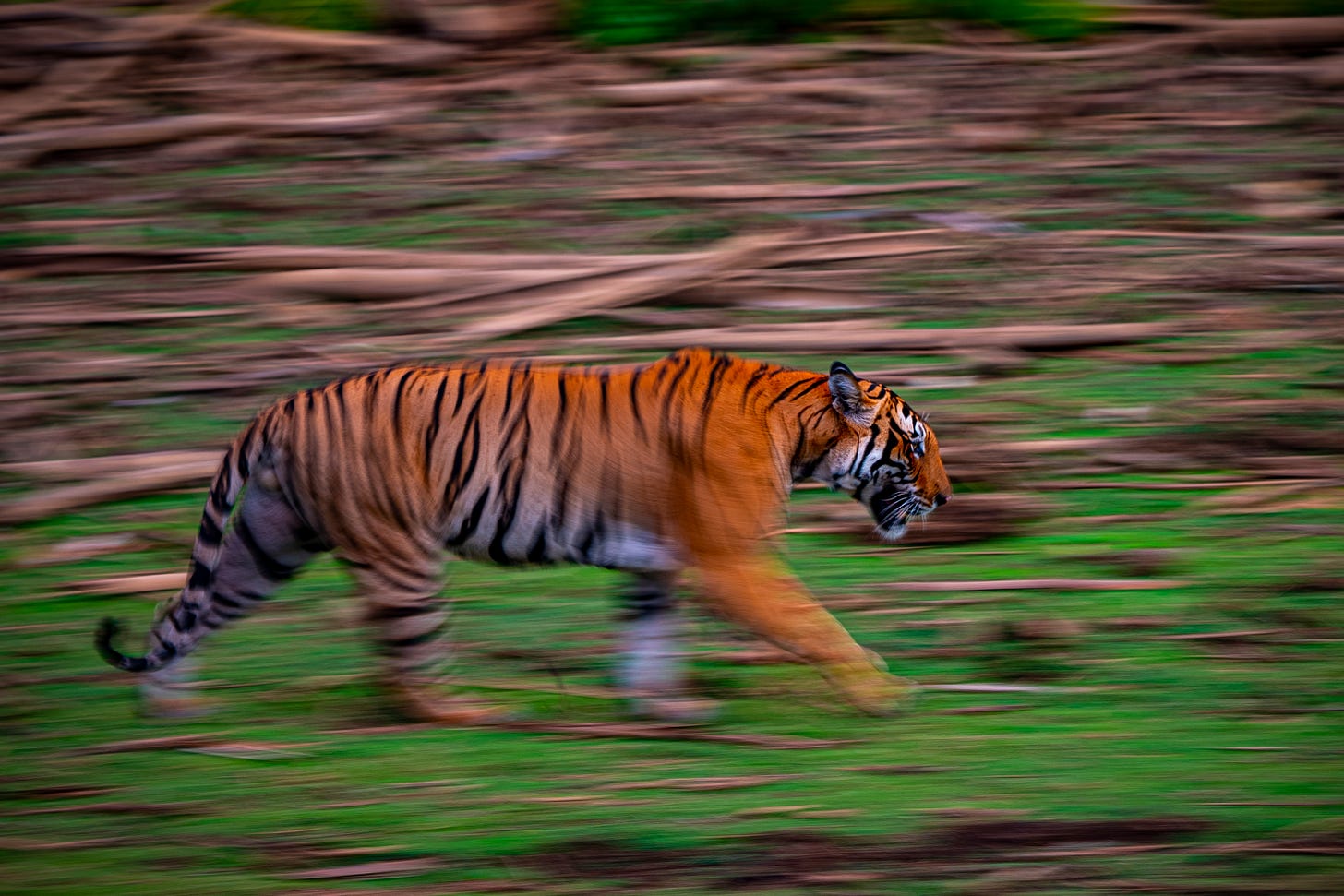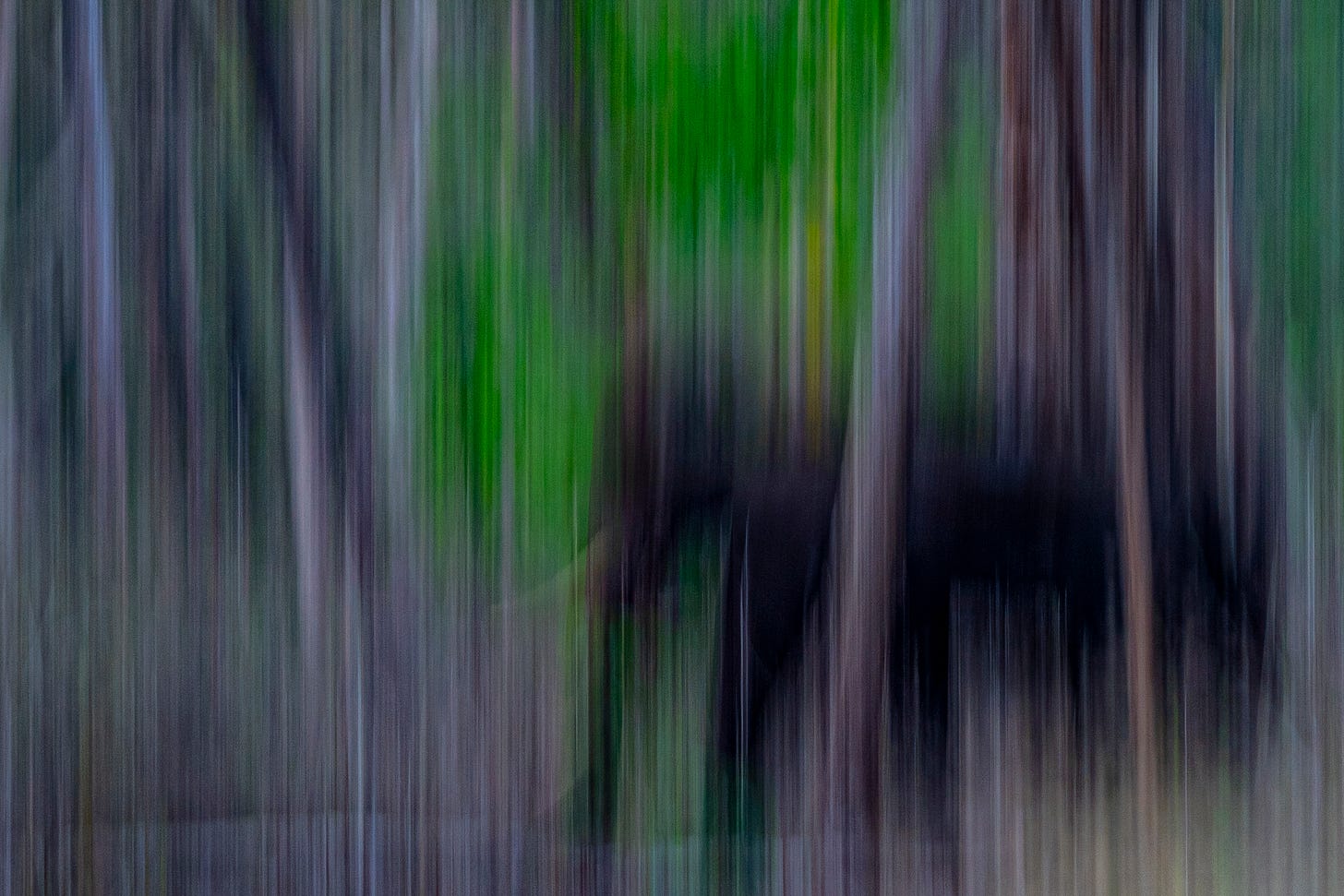The science of exposure vol.3
Shutter Speed
Controlling how bright your images are is an art all photographers must master. When too bright, photographs can become hard to look at and may even hurt your viewers' eyes. On the other hand, very dark pictures make seeing details difficult, making them uninteresting. Therefore managing your exposure is a vital tool in any photographer's arsenal. In this instalment of The science of exposure, you will learn about the second part of the exposure triangle. Shutter Speed!
What is Shutter Speed?
Shutter Speed the speed at which your shutter closes while taking a photograph. Therefore, your Shutter Speed controls the time light can enter your camera. A slower Shutter Speed leaves your shutter open longer, letting more light enter the camera and making your images brighter.
How do you measure Shutter Speed?
We measure Shutter Speed in fractions of a second, for example, 1/100th of a second. A greater denominator refers to a faster shutter speed and a darker image. Conversely, a smaller denominator relates to a slower Shutter Speed and a brighter image.
The effects of Shutter Speed on a photograph can be dramatic. A fast Shutter Speed can freeze motion, while a slower Shutter Speed can create motion blur. Photographers often prefer using faster Shutter Speeds, as it makes images more clear. However, using a slow Shutter Speed can be used to intensify motion blur, making abstract and artistic images.
Thanks for reading Scientia Šerida! Subscribe for free to receive new posts every week!
Did you enjoy this issue? Share it with a friend who might love it too.
For similar posts browse Scientia Šerida Archive
Find me on Instagram as @dhruv_matthan
Or on Twitter as @DhruvMatthan








